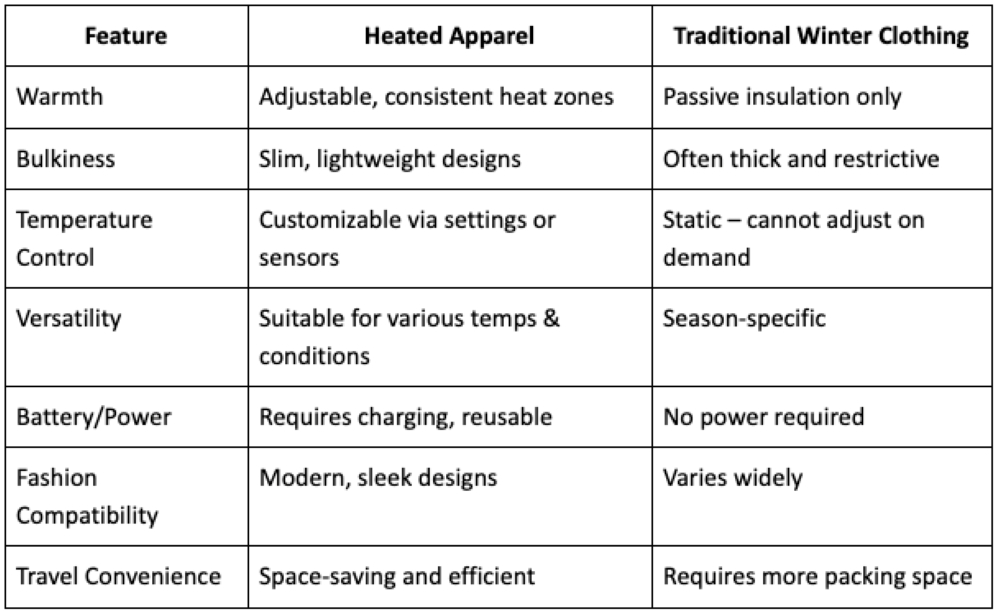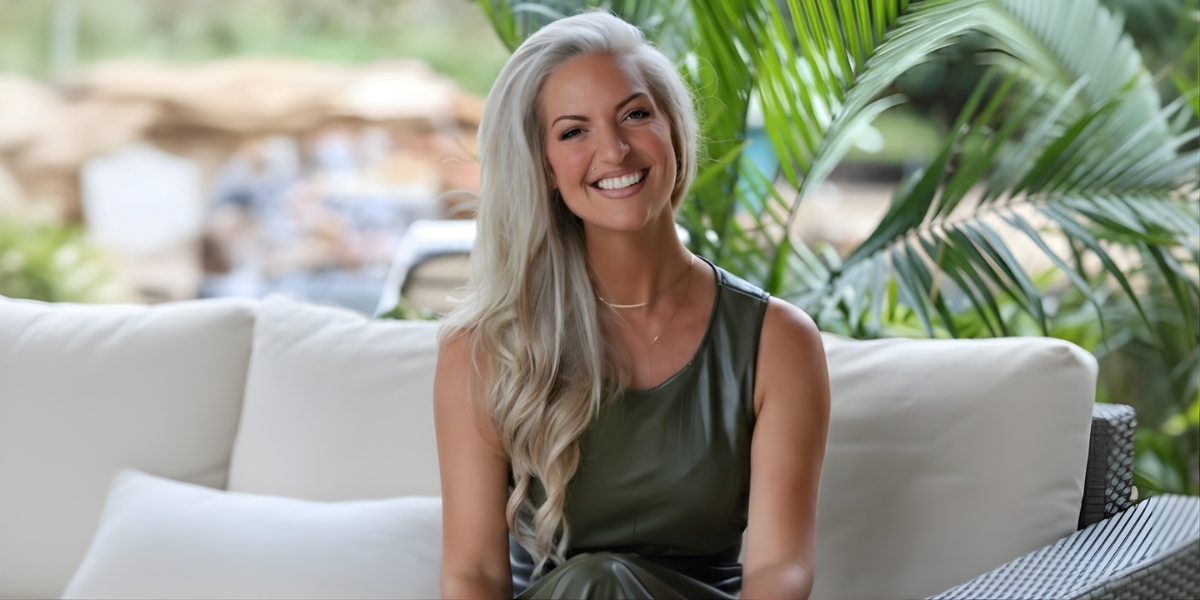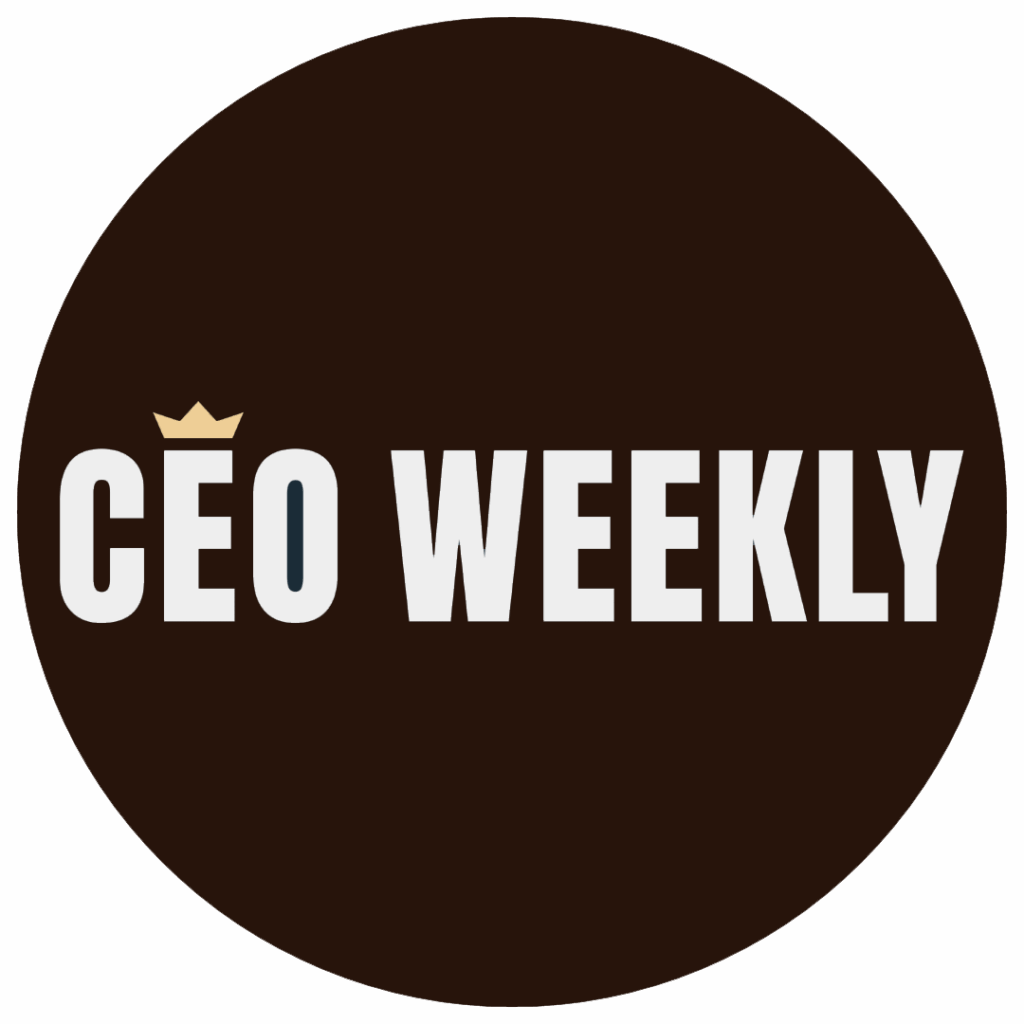As the seasons shift and consumers demand more from their wardrobes, heated apparel is stepping into the spotlight, blurring the lines between fashion, function, and futuristic tech. Once relegated to the realm of outdoor workers and extreme sports enthusiasts, heated clothing is now capturing the attention of everyday consumers looking for smarter, more comfortable ways to stay warm without sacrificing style.
How Heated Apparel Is Shaping Lifestyle and Expression
Heated apparel is not just a technological upgrade. It represents a lifestyle shift in how we engage with cold-weather environments and express personal style.
- Brands are rewriting the rules of winter wear with battery-powered jackets and touch-responsive gloves.
- This evolution is more than a seasonal trend, it reflects larger industry changes toward innovation, adaptability, and user-focused design.
- Heated gear supports active, mobile lifestyles while reducing the need for multiple bulky garments.
- The fashion industry is seeing increasing demand for multi-functional apparel that enhances everyday life.
- Heated clothing enables usersto participate in outdoor activities comfortablys, travel efficiently, and remain stylish despite frigid conditions.
Arcformor is leading this transformation with its cutting-edge heated gloves, combining advanced heating technology with sleek design. These gloves help you stay warm and stylish.
The Intersection of Fashion and Function
Today’s fashion consumer expects more than just good looks. Clothing must do something, whether it’s keeping us warm, dry, connected, or all of the above.
Tech That Looks Like Style
Gone are the days of boxy, utilitarian heated gear. Today’s options are sleek, stylish, and virtually indistinguishable from traditional fashion pieces. Arcfomor’s heated jackets, for example, come in contemporary cuts and neutral tones that complement any wardrobe.
A Shift in Priorities
Consumers are increasingly prioritizing comfort and utility, especially post-pandemic. Heated apparel taps into this shift by offering tangible benefits: warmth, convenience, and reduced layering without sacrificing personal style.
Seasonal Versatility
With adjustable heat settings and weather-resistant materials, heated wearables can adapt across seasons. That versatility increases product value and supports a more sustainable wardrobe.
Consumer Behavior and the Demand for Smart Fashion
The adoption ofinnovativet apparel is more than a novelty; it’s a response to a changing lifestyle.
Lifestyle on the Move
From busy parents juggling school runs in the snow to professionals commuting through winter cities, people need apparel that adapts to fast-paced, weather-sensitive routines.
Eco-Conscious Choices
Consumers are becoming more mindful of sustainability. Heated clothing allows people to stay warm without over-relying on indoor heating or overbuying seasonal garments.
Comfort as a Luxury
Comfort is no longer a tradeoff; it’s a premium feature. Heated apparel positions itself as a luxury for everyday life, catering to those who value quality, warmth, and a seamless experience.
Innovations Behind Heated Apparel
What makes heated wearables tick? The answer lies in a blend of smart textiles, power-efficient batteries, and intuitive design.
Heating Elements
Many modern heated jackets use carbon fiber or steel wire heating pads that are lightweight and flexible. These elements distribute warmth evenly across targeted zones like the back, chest, and collar.
Battery Power
High-capacity lithium-ion batteries power the heating elements, often offering 6 to 10 hours of use. USB charging makes it easy to integrate into daily routines.
Control Systems
Users can adjust heat settings via built-in buttons or mobile apps, depending on the product. Some models even auto-regulate temperature based on your environment.
Smart Integration
The future of heated apparel lies in AI-powered responsiveness, body sensors, and integration with wearable tech. As smartwatches, fitness trackers, and apparel converge, clothing will become a truly interactive experience.
Comparative Table: Heated Apparel vs Traditional Winter Wear

Style Meets Innovation: How Heated Fashion Fits into Your Wardrobe
Heated apparel isn’t just about performance, it’s a fashion-forward choice. Here’s how it’s becoming part of the mainstream closet.
Pairing with Everyday Outfits
Modern heated jackets pair effortlessly with jeans, leggings, or casual workwear. Their minimalist design means you won’t look like you’re heading to a ski lodge when grabbing coffee in town.
Travel-Ready Looks
For jetsetters or road trippers, heated gear offers warmth without bulk perfect for packing light while staying stylish. These product designs, for instance, are ideal for both airport chic and mountain-ready moments.
Layering for Versatility
Heated vests can be worn under blazers or over hoodies. This makes them ideal for style-conscious users who want form and function in a single look.
Who’s Wearing Heated Apparel?
The demographics of heated clothing are expanding rapidly. Once limited to niche users, it’s now worn by everyone from tech-savvy teens to globe-trotting seniors.
The Active Explorer
Outdoor enthusiasts are early adopters. Hikers, campers, and winter athletes use heated gear to extend their time in nature without discomfort.
The Commuter
Urban professionals are embracing heated gloves and jackets for their commutes, preferring warmth on the move over bulky layers.
The Stylish Parent
Busy moms and dads want warmth they can trust while running errands or standing on the sidelines of winter soccer matches. Heated fashion fits seamlessly into this lifestyle.
The Health-Conscious User
For those with circulation issues or arthritis, heated apparel provides therapeutic warmth. It enhances quality of life, especially in colder months. These could make a thoughtful gift for those who experience cold hands issues.
The Business of Heated Fashion
Behind the scenes, the rise of heated apparel is driving growth in a new fashion-tech market.
Market Growth Trends
According to Grand View Research, the global smart clothing market is expected to see significant growth in the coming years. Heated apparel is a growing segment within this space.
Emerging Brands Leading the Charge
Brands like Arcfomor are disrupting the outerwear category by delivering stylish, tech-integrated solutions that speak to modern consumer needs.
Distribution and E-commerce
Direct-to-consumer strategies and influencer partnerships have helped brands scale faster. E-commerce platforms allow for product education and customization not found in traditional retail.
Future Trends to Watch
What’s next for heated fashion? Several emerging technologies and consumer shifts hint at an exciting road ahead.
AI-Powered Clothing
Innovative apparel that learns your preferences and adjusts heat accordingly will soon become the norm. Predictive heating based on activity or external temperature is just around the corner.
Sustainable Heated Materials
Eco-friendly fabrics and biodegradable heating elements will appeal to the green-minded consumer.
Expanded Style Options
As demand increases, expect to see more gender-inclusive cuts, bold colors, and fashion collaborations.
Conclusion
Heated apparel is more than a novelty, it’s a signal of where fashion is headed. Consumers want comfort, tech integration, and functionality in their clothing, and brands are meeting that demand head-on.
As this movement gains momentum, the lines between fashion, tech, and lifestyle will continue to blur. Whether you’re heading to the office, the mountains, or just running errands, heated apparel ensures you do it with warmth and style. Welcome to the future of fashion, where looking good and feeling good are one and the same.









